Many of the birds that breed on Blue Hills hilltops are uncommon anywhere else in the area. Experienced birder, Evan Lipton, shares some Blue Hills’ stories and tips for new birders. Thanks to Evan Lipton for this article and photo.
On a trip to Buck Hill in May, I was lucky enough to locate a Prairie Warbler nest: a small cup no more than four inches across of tightly woven thin sticks. It was located near the top of a very short scrub oak, but still hidden from view by a few leaves. It proved somewhat difficult to relocate though it was just a few feet from a spot I usually stake out to photograph the Prairie Warblers.
I looked at the nest for a moment, and quickly peeked inside. Five tiny eggs were clustered together off to the side, probably about a half inch in width each. They were cream colored, with dark brown spots.
I noticed a male Prairie Warbler making its way toward me through the scrub oaks, and then I saw the female lower down. They were very calmly inquisitive, issuing no alarm calls. They simply advanced toward me, staying low in the oaks. I backed away slowly and found a large rock to sit about twenty feet from the nest. The warblers had probably been foraging nearby and the female now resumed her place on the nest. The male, who I had been keeping track of for a while now, was a good candidate for photography, and I knew all of his favorite singing perches. He was tame enough to let me advance cautiously to within fifteen feet while he was singing, and would predictably land in a certain spot if I waited long enough.
The female Prairie Warbler is similar to the male though with the greenish color of the back in place of the black streaks on the face and chest.
Ten days later I made it back to the Prairie Warbler nest and found it empty. Either something ate the eggs or young, or they hatched and fledged in the ten days between my visits. I do not know how long the eggs had been there when I first found them, so they could have hatched the day after I found the nest, and fledged the day before I returned. It’s unlikely but possible.
Where to Look for Birds and Fledgelings
Many of the birds that breed on Blue Hills hilltops are uncommon anywhere else in the area. I’ve found Buck Hill to be the most active of the scrub land areas in the hills. Most of the other hilltops that have these areas host the same species: Prairie Warbler, Indigo Bunting, Brown Thrasher, Field Sparrow; but not in such numbers or concentration as Buck Hill.
Fledgelings in general tend to stay close to the ground, as they haven’t yet acquired their full flight power. They are also usually quite trusting as they’ve probably never seen a human before. The easiest ways to find young birds are by following parent birds that are collecting food for the young one, and by listening for very loud, insistent noises of begging young. It is best to always give young birds and their hard-working parents distance. Never continue to approach a fledgeling if you see the parent bird nearby with food in its beak. Some adult birds will physically attack you if you get too close to their young, but you can’t always count on that. Most birds will simply scold you loudly, and some will just sit nearby quietly waiting for their chance to feed their young. By getting too close to a fledgeling you can easily interrupt its vital food source from its parents without you even knowing it.
When viewing any bird be aware of how the bird is acting. Birds singing on territory can be relatively easy to observe. If the bird stops singing, perks up its head to get a better view of you and jumps back into the undergrowth then you are too close. Many birds will give you warning by leaning down and forward as if they are about to fly or jump. If you notice this behavior quickly enough you can slowly back away and they may resume what they were doing. Once you’ve developed an idea of how far away a certain bird feels comfortable with you presence, it is easy to keep that distance as you watch it. But remember, every bird is different, even within species.
Click for more on birding in the Blue Hills.
Milton resident, Evan Lipton, is a photographer and naturalist who loves exploring the Blue Hills.

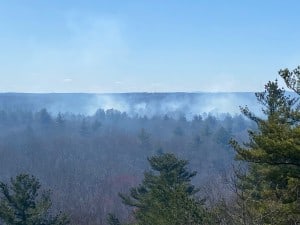

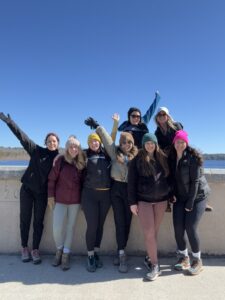


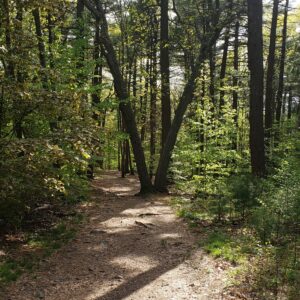
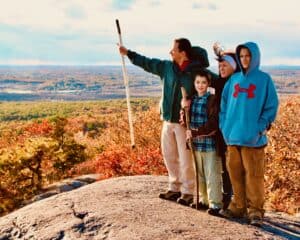

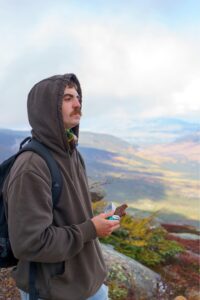
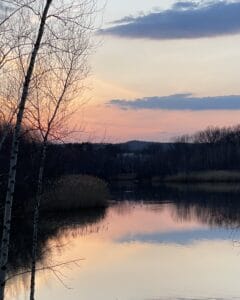
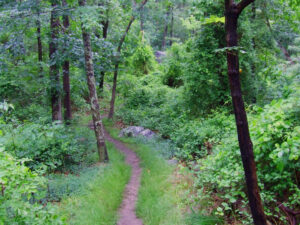
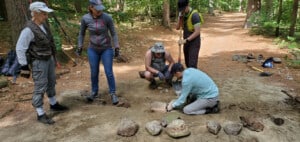
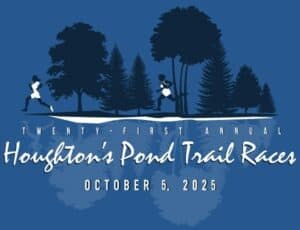
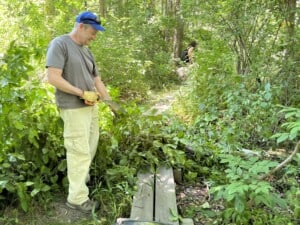

I found a pair of prairie warblers and it took me over a year to figure out the call. I’ve been hearing the call in the same area (last summer and this summer). This year I finally spotted the songster. They have stopped calling. I check every day and their call is loud and clear and wouldn’t be missed. Any ideas of what may be happening? I googled to see if they stop singing while nesting. I couldn’t find a definitive answer. I am located on Gloucester Pool, Township of Georgian Bay, Ontario. This is about 90 minutes North/West of Toronto. 45 minutes south of Parry Sound. Prairie warblers are known to nest at Big Chute which is located at the top of Gloucester Pool. Thank you for your help. Catherine
I apologize as I am not familiar with your forests in Ontario. However, in general prairie warblers prefer shrubby habitats, including regenerating forests. A change (natural or development) in the shrubby habitat could lead to a decline in breeding habitat available to the prairie warblers. Perhaps the forest is changing and the prairie warblers have gone in search of another breeding habitat?